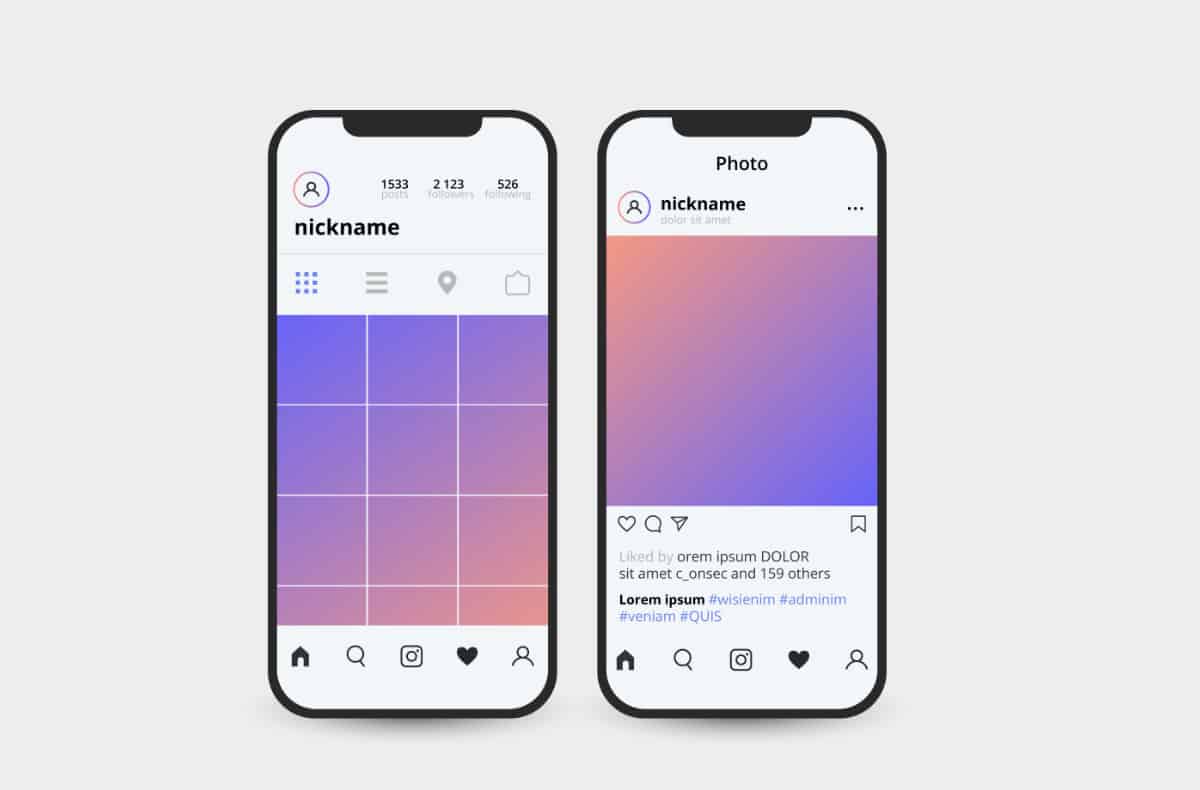

Tap on “ Info” and here’s what you’ll see, finally!

Just about there, you’re just a tap away from seeing all that photo info! Now we’re going to use the 3D Touch shortcut again, so tap and hold down your finger on the image until you see the following pop-up contextual menu: That’s a familiar set of folders, isn’t it? Great, notice that my “Photos” folder has a single file within.Ī tap opens up the folder and reveals the photo: Once launched, tap on Browse along the bottom and you’ll see something similar to this: To be honest, Files is a pretty rudimentary program but it’s functional. Can’t find it? Swipe down from the middle of your screen and search for it! That’s it for the Photos app, after you’ve done this you’ll want to go back to the main screen on your iPhone and launch the “ Files” app. Tap on “ Save” on the top right to save the photograph to your iCloud file area. Here’s what I see just before I save the photograph: Mine conveniently includes a folder for Photos but if you don’t have something similar, you can tap on the tiny blue folder icon with the even tinier “+” (near the top right) to create a new folder. Once you choose that, you’ll be able to see the file structure you have on your iCloud Drive. If you are already backing up photos to iCloud, you can skip this part, but if not, tap on “ Share” off this menu (or Share elsewhere in the Photos app if you prefer), then swipe down until you see the following set of options: Start by going into Photos and finding the image you want, then tap and hold to pull up the contextual “force tap” menu. Which means that the first step is to copy whatever photo or video you want to check onto your iCloud account if you don’t already automatically back up all your images to iCloud. The problem is that Files only works with images that are saved in your iCloud file area, it can’t actually access your Photo Library. There are oodles of third party apps in the $0.99-$2.99 range that can make browsing this data on your iPhone easy, but there is a way to view all the info a lot more easily from within the Files app on your phone. The common name for all this information is “EXIF”, a rather awkward acronym for exchangeable image file format (you’d think that would be EIFF, wouldn’t you?) but it can include GPS data that specifies where you took the photo, dates, times, camera settings, even the device you used down to specific iPhone model info. It’s rather inexplicable that even with the latest release of iOS, iOS 13, there’s still no ‘view info’ sort of feature in the Photos app, though your iPhone is definitely saving quite a bit of associated information every time you capture an image or record a video sequence.


 0 kommentar(er)
0 kommentar(er)
